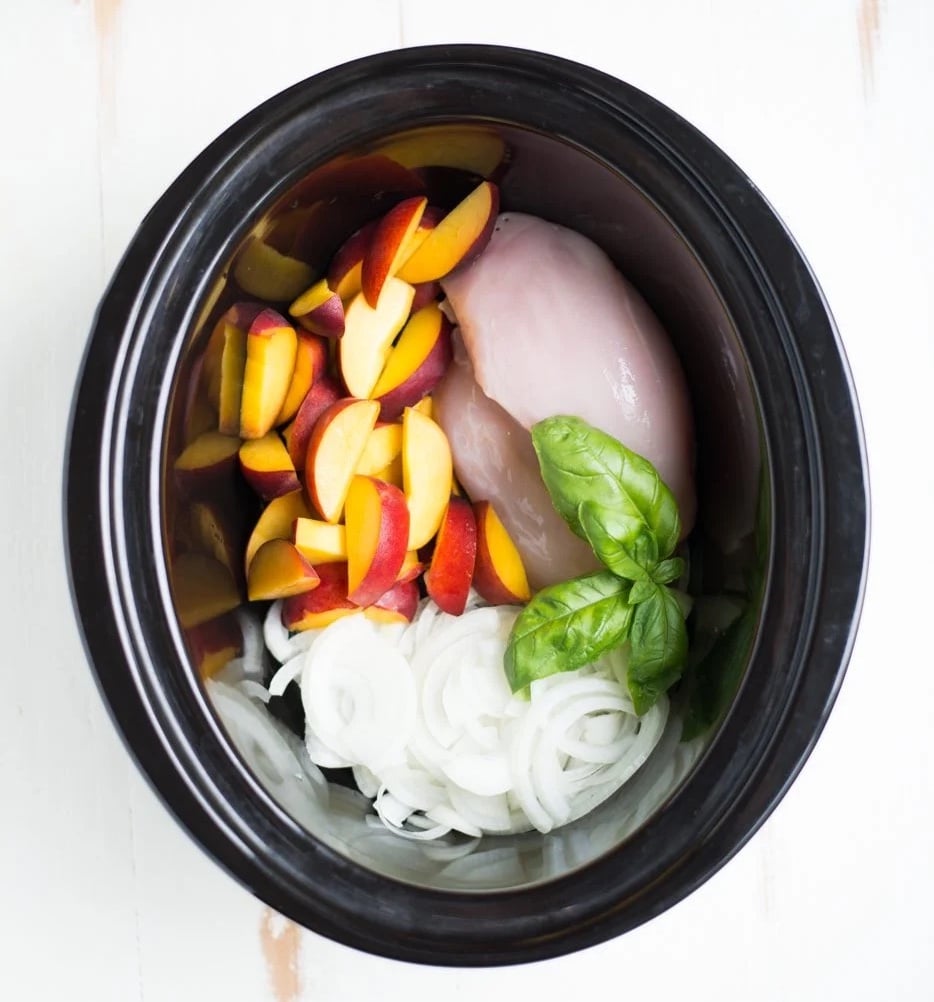How to Turn Healthy Behaviors into Habits
In this episode of the Feel Good Effect podcast, we’re breaking down habits and sharing the secret to turning healthy behaviors into habits in just four simple steps.
How to Turn Healthy Behaviors into Habits
Habits vs. behaviors
A habit is simply a behavior that is repeated often enough that it becomes automatic.
The thing about a habit that makes it different from behavior is that it occurs so often that they happen without thinking about it.
When it comes to healthy habits, the beauty of automaticity is that you can do these things on autopilot without having to think about it, saving you energy and willpower.
Your life is really just a collection of habits and can be an amazing thing if you harness the power of automaticity.
A life full of healthy habits is a life well-lived.
On the other hand, if you have habits that aren’t serving you, that collection of habits will also build up and really lead to the results you are getting in your life.
If you want a big change, start by focusing on habits.

Turn a healthy behavior into a habit in 4 steps
All of these steps are well-documented in behavior change research:
- Pay attention on purpose
- Joy
- Consistency without perfection
- Context
Scientists and researchers have studied how humans and animals turn a behavior into a habit, narrowed down to (1) reward, (2) repetition, (3) environment.
Dr. Wendy Wood talks about these three components of habit formation; you can hear more about her work and this research here.
Through my own research, I believe mindfulness is a key to add to these three, plus my own spin.

Step 1 | Pay attention on purpose (mindfulness)
This is mindfulness with a purpose, mindfulness with the intent to notice what you’re doing.
If you’re not paying attention to your behaviors, you’re not going to be able to take the next steps to either turn them into a habit or undo a habit that you don’t want to be doing anymore.
Mindfulness: paying attention on purpose without judgment.
This can even be a scheduled part of your day, maybe part of your daily routine using the 4-R Framework.
Start paying attention: what’s habit, what’s behavior?
If you don’t know what’s happening in front of you, it’s very difficult to make changes.
Non-judgement is important here; it’s not about picking yourself apart, it’s just about noticing what is happening.
- What are the behaviors you like, that you want more of?
- What are the automatic behaviors that you would rather not have turned into habits?
Another thing we know about behavior change is that it’s better to start with one thing at a time.
When you’re paying attention on purpose, pick one healthy behavior that you’d like to become more automatic.
Step 2 | Joy (reward)
When a behavior is met with a reward or joy, you are more likely to repeat it.
Western ideology tends to support the idea that we need more discipline or willpower in order to succeed and have better habits.
But we know for sure from research that reinforcement, reward, or joy is key in turning a behavior into a habit.
The tough part is that rewards are built into the technology we use, turning technology use into a habit or addiction without much awareness (hear from Catherine Price on how to break up with your phone).
While there are some of these forces working against us, you can add reinforcement or joy to the behaviors that you want to turn into habits.
- How can you make the behavior that you want to turn into a habit rewarding or reinforcing?
By adding joy, you’re more likely to do it long enough for it to become automatic.
Step 3 | Consistency without perfection (repetition)
One of the things people fall into when we talk about repetition is feeling like they have to do it every single day.
This all or nothing thinking gets in the way of long term progress.
Instead of repetition, think about it as consistency without perfection, doing it more days than you don’t, or the two out of three rule.
If you are able to be consistent over time, this behavior will turn into a habit; it doesn’t have to be perfect.
Step 4 | Context (environment)
This step is about the space and places in which your behaviors occur (which is really your life).
- Where do you live? What’s around you? Who’s around you?
The simple context of where you are highly influences your behaviors, which can then turn into habits.
By changing your environment, you can increase the chance of the behavior turning into a habit.
Make it happen
For more support and tips, download the Healthy Habits at Home Hack guide, which comes in the free extras-bundle available when you preorder The Feel Good Effect.
We want to reduce barriers to the behavior happening on a regular basis or friction that’s going to make it harder, and encourage the things that will make it more accessible and more likely.
Plan ahead to take away any extra steps, barriers, or friction.
This is your life, every single day, right now. You have the power to make the life that you want.
Don’t wait for next month.

Resources
The Secret to Creating Good Habits & Breaking Bad Habits with Dr. Wendy Wood
How to Use the 4R Framework to Create Sustainable Daily Mini-Wellness Routines
Want to Break Up with Your Phone? Here’s How with Catherine Price
other feel good effect episodes you’ll love
- How to Create Healthy Habits with Ease, with McKel (Hill) Kooienga
- How to Create Tiny Habits: Why Small Changes Matter with Dr. BJ Fogg
- Want to Make Good Habits Stick? Here’s How with Gretchen Rubin
- 5 Tiny Habits That Will Change Your Life (Summer Masterclass)

